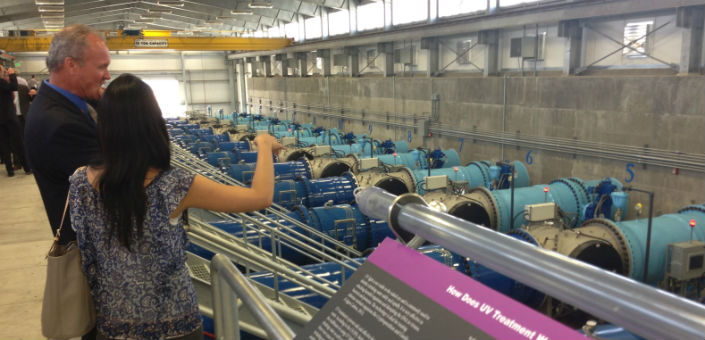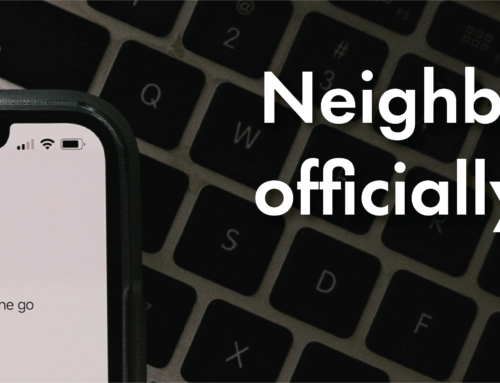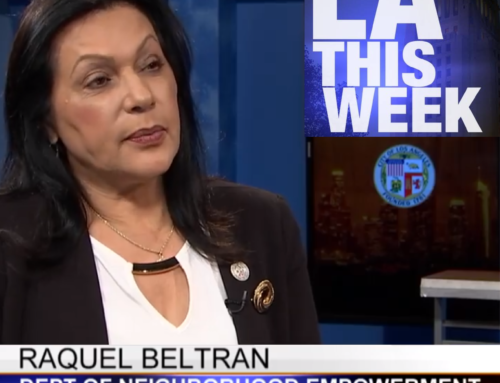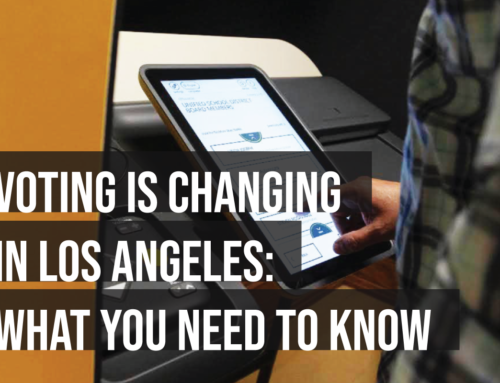By Tony Wilkinson
How many experts need to say that LADWP cannot meet its future challenges if it continues to be managed the way it is today? The 1999 RAND study, 2009 IEA Survey, 2020 Commission report, and 2015 IEA Survey all make this point.
http://dwpreform.lacity.org/html/relatedDocuments.html
The Los Angeles Department of Water and Power is supposed to be a “proprietary” city department. That means that it is supposed to operate like a business. In reality it is being managed more like the city’s Recreation and Parks department or its Transportation department. (And, as an aside, do you think those departments are operating well?)
The oversight trifecta includes (1) micromanagement by elected officials, (2) inability to hire quickly and to get needed skills under the city’s personnel system, and (3) pressure on DWP to meet politically-directed goals at the expense of ratepayers. Add to this a weak governing board.
Like all other city boards and commissions, every member of the Board of Water and Power Commissioners has an undated resignation letter filed at the Mayor’s office. Its members serve at the pleasure of the Mayor. No matter how enlightened a Mayor may be, this discourages the Board from dealing with potentially controversial decisions.
The combination of micromanagement, restrictive rules in the City Charter, political interference, and a weak board almost insures that DWP will be inefficient. It also insures that DWP will be hard pressed to deal effectively with the fast-changing world of technology and marketing that is remaking the utility business.
THE CORNERSTONE OF REFORM: A STRONG DWP BOARD
A DWP Reform measure on the November 2016 ballot will ask the voters to remove City Charter rules that now limit how DWP operates. It will also create a new Board with stronger powers. How strong that Board is will depend on how much power the city establishment is willing to give up. Members of that new Board would only be removed for cause (similar to the city’s Ethics Commission).
The new Board would serve staggered terms of four or five years. They would be expected to serve their full term, rather than submitting their resignations to a new Mayor. The control over the Board by the Mayor and City Council would come through appointments as the terms expire. The idea is to provide continuity, to retain acquired knowledge, and to lessen political pressure over each decision.
The current dialog is about what a strong Board might look like. The proposal in Council File 16-0093 is for a full time paid board. Today the city’s only full time paid board is the Board of Public Works. The city web site describes it as “a five-member executive team that administrates” the department. That is a management board. If you add requirements for industry expertise and a technical staff, that could become a city public utilities commission. (That is the 2020 Commission’s suggestion.) A PUC is strongly focused on rate making. That happens to be the expertise of the existing Ratepayer Advocate’s Office of Public Accountability.
What DWP has today is a fiduciary board. A fiduciary board brings diverse skills and perspectives to its decisions. Examples are law, finance, business, public service, environmental issues, neighborhoods, and yes, some public utility experience. CF 16-0093 suggests that the Charter might assign a skill or a special interest to each Board seat. That scheme could also severely limit the ability to make appointments that bring needed skills to the Board. Full time service would also eliminate strong candidates whose outside work is a source of expertise. Because service on the more powerful DWP board will take significant time, many people agree that the new commissioners should receive compensation.
A BALLOT MEASURE STARTS THE PROCESS
It is important to understand that a vote to remove some City Charter requirements for LADWP is only the beginning of a process. A public vote to give DWP more freedom in employment, in contracting, and in legal representation does not mean that the existing systems will change overnight. The new Board will need to develop replacement systems in open meetings, with public input.
One example is removing the requirement that LADWP use the existing city civil service system. With nearly 9,000 employees, DWP is certainly big enough to have its own personnel department that will be more responsive to its needs. If the new Board wants to consider a change from the existing civil service system, it will trigger their obligation to meet and confer with their labor partners regarding the change. One option might be a separate DWP civil service system, with its own job categories and exemptions. The ballot measure would only remove the REQUIREMENT that DWP use the existing system and the city’s personnel department.
A ballot measure itself is not the magic bullet. Without it, though, there can be no reform.
Please send your questions and comments to dwpmou@EmpowerLA.org. DWP Reform information will be posted regularly at https://empowerla.org/dwpmou. There is additional information at http://dwpreform.lacity.org.
Tony Wilkinson is the Chair of the Neighborhood Council – DWP MOU Oversight Committee. He will be contributing information on the DWP Reform process to the EmpowerLA newsletter each week.






